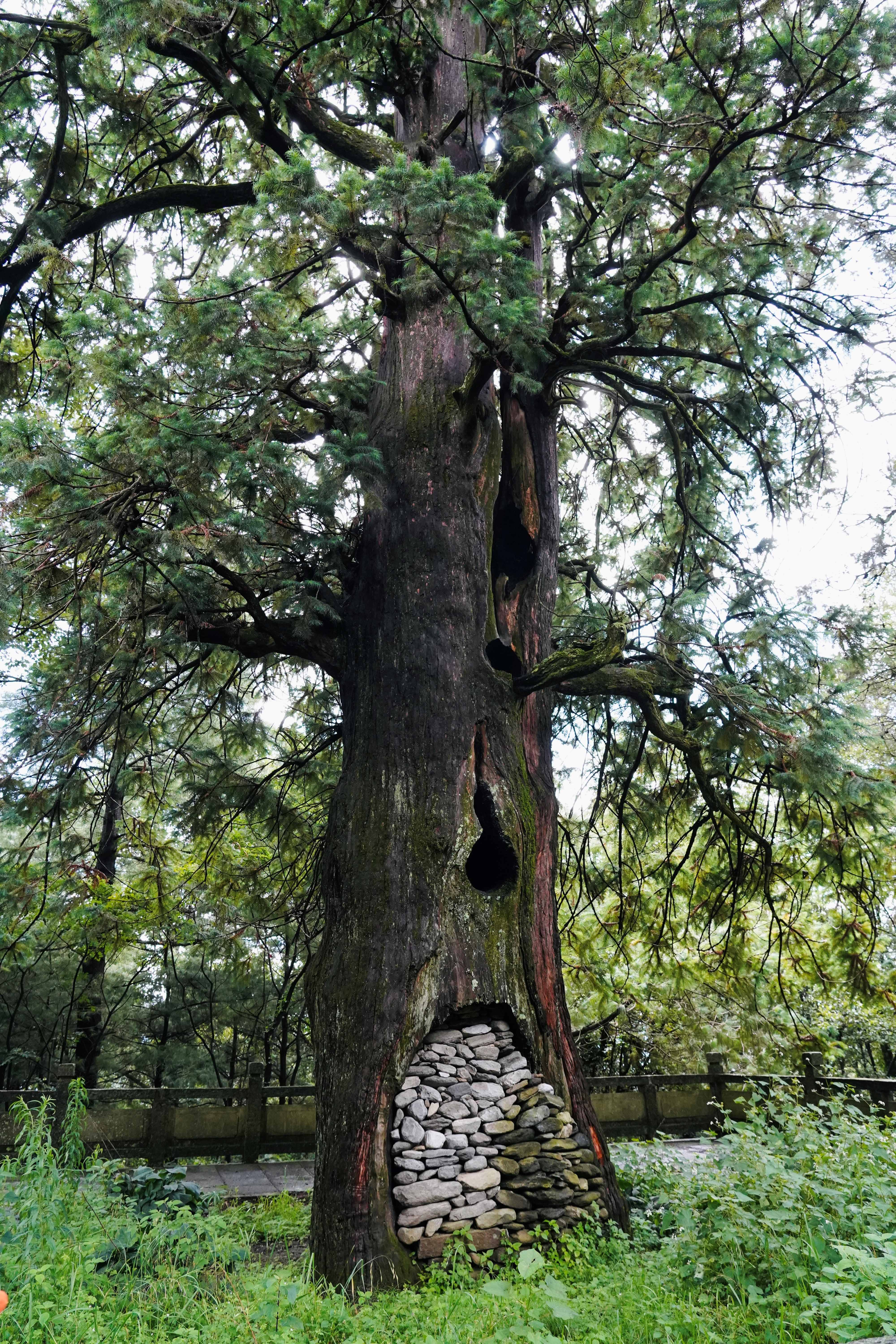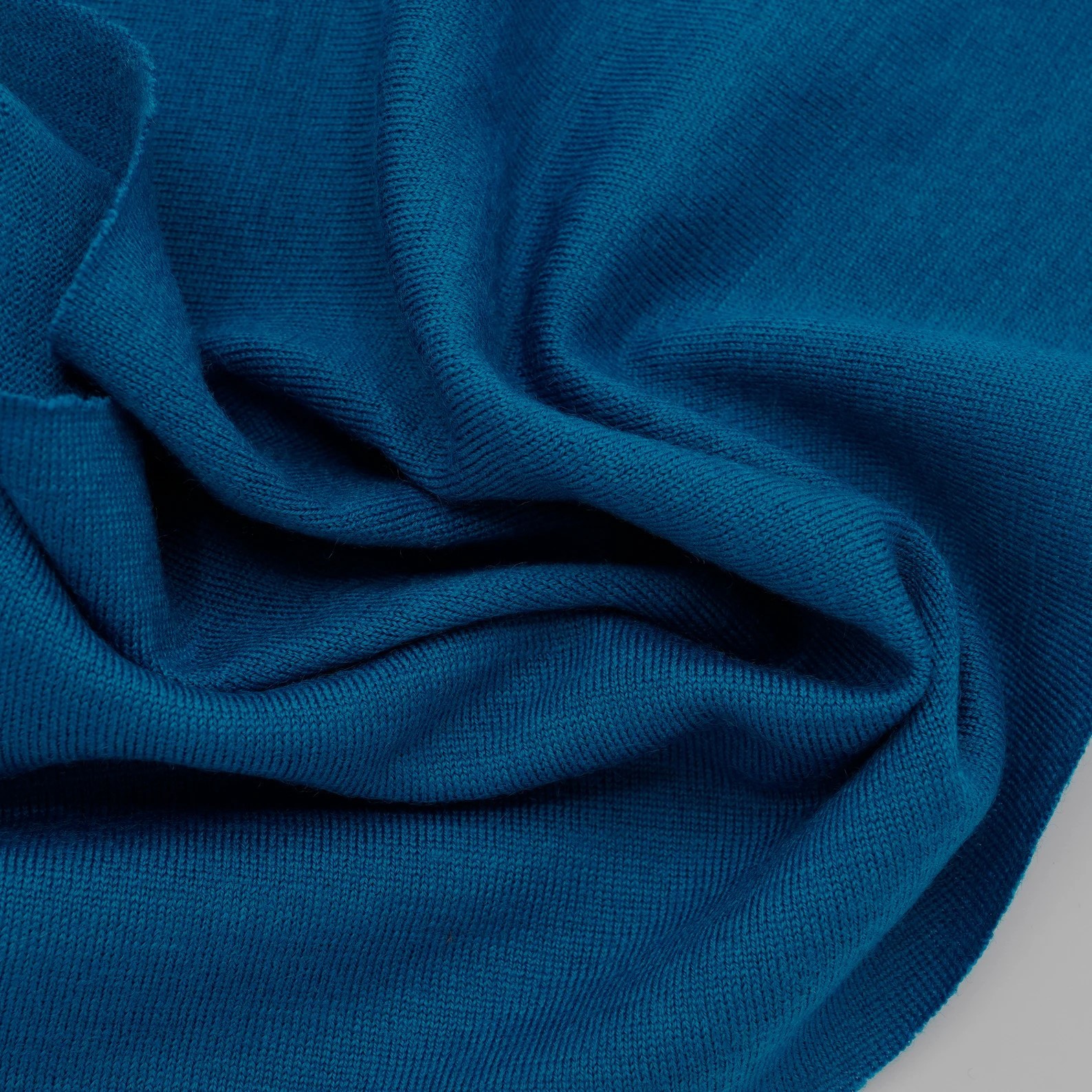 Esperanto
Esperanto
 Shqiptare
Shqiptare
 Euskara
Euskara
 Zulu
Zulu
 Latinus
Latinus
 Cymraeg
Cymraeg
 தமிழ்
தமிழ்
 Slovak
Slovak
 Slovak
Slovak
 Afrikaans
Afrikaans
Exploring the Diversity of Wool Fabrics: A Guide to Different Types
Release time:
2025-04-17
Source:
One of the most well-known types of wool fabric is **Broadcloth**. This tightly woven fabric features a smooth surface and is often used for shirts and dresses. Its fine texture and durability make it an excellent choice for formal wear, providing a polished look while remaining comfortable.
Another popular option is **Tweed**, which is characterized by its rough texture and unique patterns. Traditionally associated with country wear, tweed is a heavier fabric that is both warm and durable. It is commonly used for jackets, coats, and even accessories. The variety of colors and weaving techniques used in tweed provides endless possibilities for stylish, rustic designs.
**Merino wool** is known for its exceptional softness and breathability. Derived from Merino sheep, this fabric is finer than traditional wool, making it suitable for close-fitting garments like base layers and activewear. Merino wool's ability to wick moisture away from the body keeps wearers comfortable and dry, making it a popular choice for outdoor activities.
**Cashmere**, sourced from the undercoat of cashmere goats, is another luxurious wool fabric. Its softness, lightweight nature, and insulating properties make cashmere garments highly sought after. However, cashmere requires special care due to its delicate fibers, ensuring that it remains a premium choice in the fashion industry.
**Felt** is a unique wool fabric that is created through a process of matting, condensing, and pressing wool fibers together. This non-woven fabric is known for its stiffness and durability. Felt is commonly used in crafting, home decor, and insulation, showcasing its versatility beyond apparel.
**Lambswool**, which comes from the first shearing of young sheep, is another delightful option. This type of wool is particularly soft and elastic, making it ideal for cozy sweaters and blankets. Its natural crimp gives it excellent insulation properties, providing warmth without excessive bulk.
In conclusion, the world of different wool fabrics is vast and varied, each type offering unique benefits tailored to specific applications. Whether you are looking for something smooth and formal like broadcloth or something rustic and warm like tweed, understanding the characteristics of these fabrics can help you make informed choices in your textile endeavors. Embrace the diversity of wool fabrics and explore the countless possibilities they present!
different wool fabrics
Related News
2025-08-21 19:00
Why Nylon Wool Fabric is the Future of Sustainable Apparel
Why Nylon Wool Fabric is the Future of Sustainable Apparel Table of Contents 1. Introduction to Sustainable Apparel and Its Importance 2. Understanding Nylon Wool Fabric: A Comprehensive Overview 3. Environmental Benefits of Nylon Wool Fabric 3.1 Reduced Resource Consumption 3.2 Lower Carbon Footprint 4. Durability and Longevity: A Wise Investment 5. Versatility in Fashion Design 6. The Growing Po
2025-08-11 18:40
The Versatility and Benefits of Wool Fabric in Textile Industry
Wool fabric, derived from the fleece of sheep, is renowned for its unique properties that make it a highly sought-after material in the textile industry. Unlike synthetic fibers, wool is a natural fiber that possesses a range of advantages, contributing to its enduring popularity among designers and manufacturers. One of the most significant attributes of wool fabric is its excellent thermal regul





